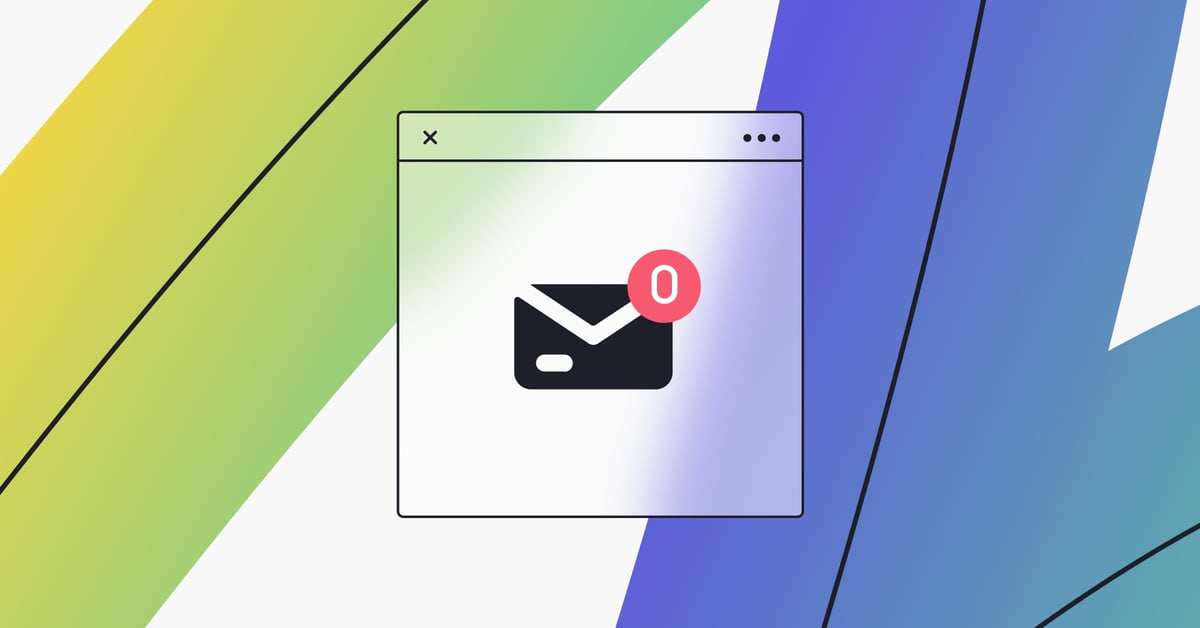Trusted by over 50,000 businesses around the world, Freshdesk is one of the most popular customer support platforms. Now — with our new native integration — Freshdesk users can slash their ticket backlogs and offer customers fast, accurate, 24/7 support with Ticket Automation.
If you missed the launch event, you can watch it on-demand here.
What can Freshdesk Ticket Automation do?
The majority of tickets come through email — so although email might not be the sexiest support channel, it would be a mistake to overlook its importance. According to Salesforce, 57% of customers rank email as their preferred way to contact customer service. And while messaging and social media are the fastest growing channels, CS teams saw a 16% rise in email and webform ticket volumes over the course of the pandemic.
As well as fully resolving simple queries, Ultimate’s Ticket Automation solution can label incoming messages, add information to fields, and route each ticket to the right department. This process automation saves agents the time and effort of manually updating tickets. Support teams can also build automated replies to request additional information from customers, so when an agent does get on the case, they’ll have the context they need to solve issues faster.
Let’s dive into the product features of our Freshdesk integration in a little more detail.
Powerful updates to our dialogue builder
To help our customers get more from automation, we’ve made a few changes to our dialogue builder. These upgrades are available across all of our Ticket Automation integrations, including Zendesk and Salesforce. Here’s what is new:
- Conditional blocks: These blocks can identify whether a message already includes key information, and automatically sends a different reply depending on whether this data is provided or certain conditions are met
- Named entities: Adding named entity recognition (like order number, email address, or product type) to conversation flows allows the virtual agent to fill ticket fields with specific details, and automate more complex queries
- API integrations: These connect your back office systems to Ultimate’s automation platform, allowing the virtual agent to pull data like order status, delivery tracking, or payment processing, to fully automate more processes end-to-end
More on the benefits of Ticket Automation
New upgrades to analytics for TA
To help you understand how well your virtual agent is performing, and decided where to go next on your automation journey, we’ve made some improvements to our analytics dashboard. You’ll now be able to:
- See which tickets were answered and understood
- Filter by language, resolution type, label, and intent
- Find out your customers’ top intents
- Spot areas for improvement with visualizations
How Freshdesk automatic ticket assignment looks in practice
So how does it work? With our Freshdesk integration, Ultimate’s virtual agent platform is able to recognize the intent (like order status or refund request) of incoming tickets. When a specific intent is triggered, the automation can work in 2 ways: actions and responses.
Actions remove the burden of manually updating ticket information and routing issues to the right department. They include:
- Adding a public note: this will notify the customer that an agent has added a comment to their support request
- Adding a private note: these are internal message for agents, such as how to proceed with each type of issue
- Updating fields: this means populating the ticket with information such as tags, status, and priority level
- Pulling information from the CRM: this might be retrieving a customer’s name or email address from Freshdesk to personalize interactions
Responses are automated replies that are sent by the virtual agent. As well as offering template replies to answer simple, common questions (which can be woven into longer conversation flows) you can use API integrations that connect with your back office systems to automate more complex queries. Whether you fully resolve an issue, or need to request additional information from customers, the automation will take care of it — all without agent involvement.
Plus, it’s easy to get set up quickly with Ticket Automation. One of our customers was able to launch their automation for Freshdesk tickets in 5 days. That’s right: just 5 days.
